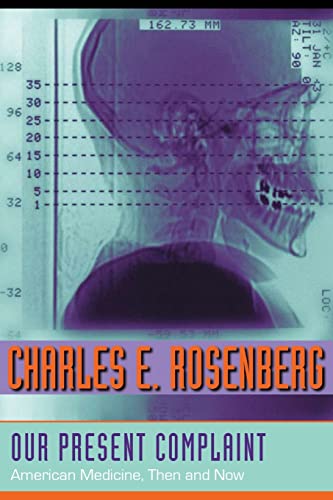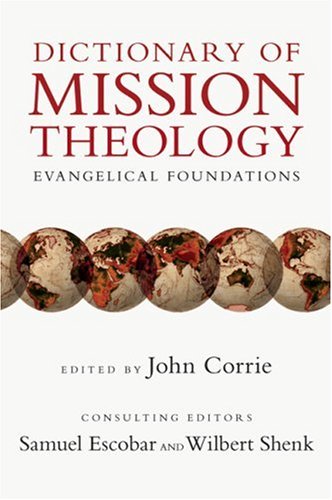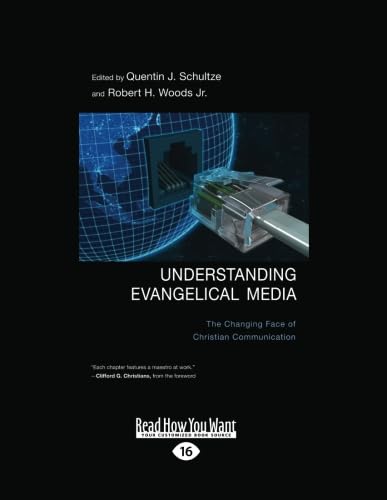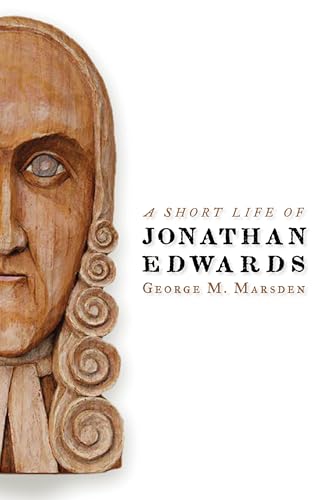Quo Vadis Evangelicalism?
Written by Andreas J. Köstenberger, ed. Reviewed By David RoachThe fiftieth birthday of the Evangelical Theological Society (ETS) provided a golden opportunity for scholarly reflection on the society’s direction and relationship with the larger world of evangelicalism. Andreas Köstenberger, professor of New Testament at Southeastern Baptist Theological Seminary, seizes the opportunity in this collection of nine presidential addresses from ETS’s first fifty years. Among the presidents whose addresses Köstenberger includes are Ned B. Stonehouse, Gordon H. Clark, Stanley N. Gundry, Darrell L. Bock, and Millard Erickson.
In his introduction to the addresses, Köstenberger argues that the history of ETS divides into three periods. The first period spanned from 1958 to 1970 and focused on the issue of scriptural inerrancy. The second (1971–1999) considered the practical and methodological implications of inerrancy. The third period (2000–2007) presented new reflections stemming from the society’s commitment to inerrancy (pp. 10–11). According to Köstenberger, these addresses reflect both the trajectory of ETS and the evangelical movement as a whole (p. 10). In a brief epilogue, Köstenberger provides a concise summary of ETS’s history and argues that in the next half-century the society must strike a balance between setting confessional boundaries and engaging views held by others (pp. 217–18).
Köstenberger has no problem showing that the presidential addresses tie into a meta-narrative rather than merely reflecting isolated happenings during specific years. His selection of these nine addresses supports his argument well, as several of the addresses interact with one another. For example, Bock’s 2001 address refers to the addresses of Warren Young, Gundry, and Alan Johnson (pp. 144–45). Even when addresses do not specifically reference one another, they deal with related topics, as in the case of Young and Gundry both rejecting rigid fundamentalism (p. 15). Köstenberger’s introduction presents fair summaries of each address and highlights for readers connections between the various theologians (pp. 9–26). Historical footnotes and evenhanded evaluation of the addresses demonstrates the thorough research informing this work. Perhaps the most inspirational aspect of the book is the manner in which it introduces readers to theologians who combine the most rigorous standards of scholarship with a commitment to the inerrancy of Scripture. Clark, illustrative of other ETS presidents in the book, argues, “the Bible is the Word of God written. Therefore the conclusion follows that the Bible is inerrant. God cannot lie” (p. 62).
The book’s main weakness is Köstenberger’s tendency to equate evangelicalism as a whole too closely with ETS. Even the Latin phrase in the title of the book (which means, “Where are you going, evangelicalism?”) suggests that one can gauge the trajectory of evangelicalism as a whole by looking narrowly at ETS. Köstenberger argues in the introduction that the various addresses “document the quest of the evangelical movement … to define its identity in the midst of the larger world of scholarship and the surrounding culture” (p. 11). Köstenberger is aware that ETS is but a narrow slice of evangelicalism (p. 217). Still, he claims that “the specific topic chosen for the present volume” is “the present and future state of the evangelical movement at large” (p. 10). Though ETS certainly played an important role within evangelicalism during the past fifty years, neither Köstenberger’s introduction nor the addresses themselves provide sufficient evidence to justify the claim that ETS mirrors the larger movement. Additionally, the dividing line between Köstenberger’s second and third periods of ETS history seems artificial. While addresses from the third period demonstrate slightly more outward focus, all of the addresses from 1970 forward are concerned with the practical and methodological implications of inerrancy.
Overall this book provides a valuable survey of ETS that will benefit both seasoned veterans of the society and outsiders with little previous knowledge. The weaknesses of the argument are negligible and should not deter study of this volume. Scholars would do well to build off Köstenberger’s work by undertaking further scholarly research on ETS and its relation to the larger world of evangelicalism.
David Roach
The Southern Baptist Theological Seminary
Louisville, Kentucky, USA
Other Articles in this Issue
For Ezra had set his heart to study the Law of the LORD, and to do it and to teach his statutes and rules in Israel (Ezra 7:10)...
Salvation History, Chronology, and Crisis: A Problem with Inclusivist Theology of Religions, Part 2
by Adam SparksA fundamental requirement in an inclusivist understanding of the relationship between Christianity and other religions is evidence of God's salvific activity outside of any knowledge of Christ...
The Center of Biblical Theology in Acts: Deliverance and Damnation Display the Divine
by James M. Hamilton Jr.Acts 1:1 opens with a reference to what Jesus "began to do and teach"1 recounted in the Gospel of Luke, indicating that this second volume will carry the narrative of Jesus' actions and teachings forward...
Shared Intentions? Reflections on Inspiration and Interpretation in Light of Scripture’s Dual Authorship
by Jared ComptonIt was not too long ago that Kevin Vanhoozer answered the question Is There a Meaning in This Text? by relocating meaning in authorial intention,1 doing so even more robustly (not to mention, evangelically) than E...
The original question I was asked to address was "How does our commitment to the primacy of the gospel tie into our obligation to do good to all, especially those of the household of faith, to serve as salt and light in the world, to do good to the city?" I will divide this question into two parts: (1) If we are committed to the primacy of the gospel, does the gospel itself serve as the basis and motivation for ministry to the poor? (2) If so, how then does that ministry relate to the proclamation of the gospel?







